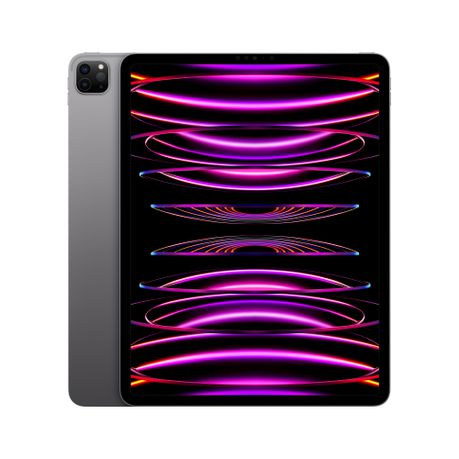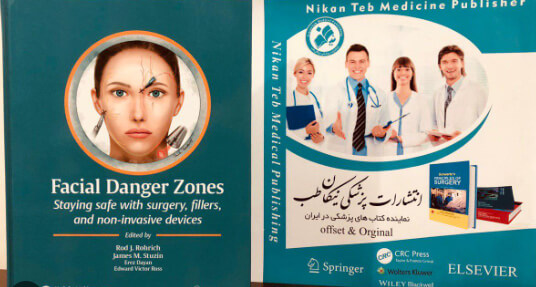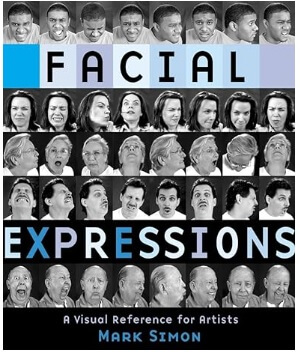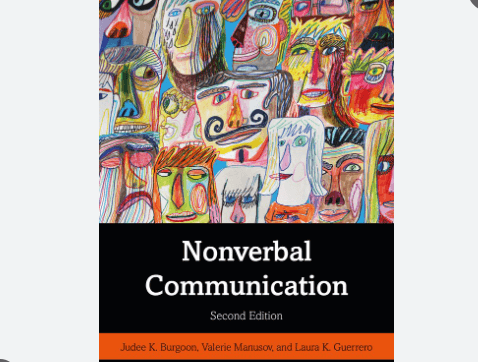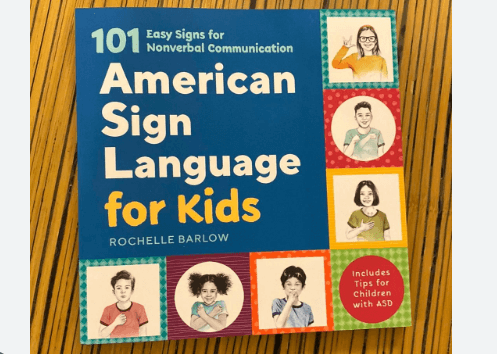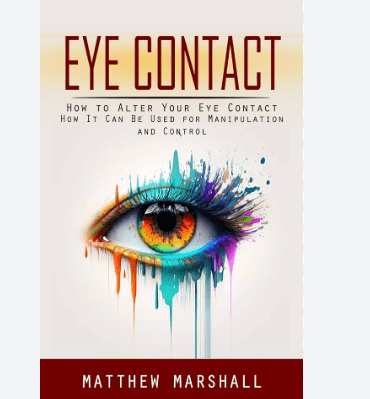Past Participle
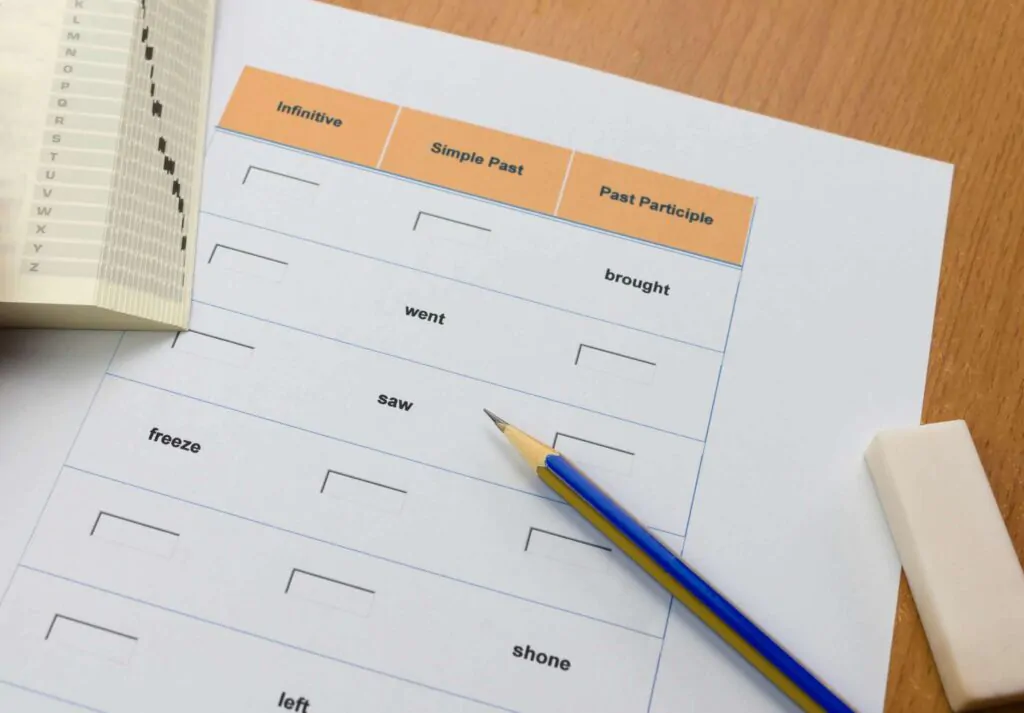
- Article graphics | Credit BecomeAWriterToday
What Is Past Participle?
Past participle is the third form of the English verb. It is sometimes referred to as the –en participle to distinguish it from the past tenseOpens in new window –ed and because many common English participles end in –en, e.g. write, wrote, written.
Past participles are of two types: regular and irregular. Regular past participles can be formed precisely the same way as the regular past by adding –ed to the base form or –d if the base form already ends in –e:
| Base Form | Past Participle |
|---|---|
| start | started |
| arrive | arrived |
Like irregular verb past forms, irregular past participle forms are quite unpredictable. Meanwhile, there is a universality, which seems to emanate in ancient periods of English, that most irregular past participles ended in –en. However, today, about one third of irregular past participles still retain this –en ending. Thus, by instinct, we know that an irregular verb form with –en (or –n ) ending is a past participle.
| Base Form | Past Participle |
|---|---|
| speak | spoken |
| choose | chosen |
| eat | eaten |
| fly | flown |
| see | seen |
In distinguishing the two forms, remember that the past form of verbs tends to occur by itself, but the past participle almost always occur after a form of be or have. Observe the following:
Some irregular verbs have identical present tenseOpens in new window and past participle forms:
| Past Tense | Past Participle |
|---|---|
| cut | cut |
| hit | hit |
| let | let |
| split | split |
In other instances the past participle differs completely from the past tense:
| Past Tense | Past Participle |
|---|---|
| did | done |
| flew | flown |
| went | gone |
There are also two alternatives for both the past tenseOpens in new window and the past participle:
| Past Tense | Past Participle | ||
|---|---|---|---|
| burned | burnt | burned | burnt |
| dreamed | dreamt | dreamed | dreamt |
| leaped | leapt | leaped | leapt |
| showed | shown | showed | shown |
| spilled | spilt | spilled | spilt |
| spoiled | spoilt | spoiled | spoilt |
In U.S. English the –ed form is commonly used than elsewhere in the English-speaking world.
The past participle can be used in a number of ways
The past participle is used after the helping verbs to be or to have to stand as a main verb:
- I was fascinated and repelled by the Michael Jackson documentary.
- We have operated the printing machine for a month.
- Jilian and DeShawn had stopped by the time we arrived.
Past participles are often used in passive sentences after the helping verb be:
- Skirmishes are being fought at the border.
- Her play was seen by thousands of people.
Apart from forming the perfect tenses and passive forms of verbs, the past participles are commonly encountered as adjectives:
- A fallen star.
- A broken chair.
- A startled look.








